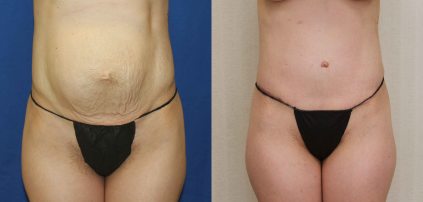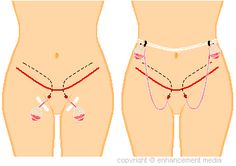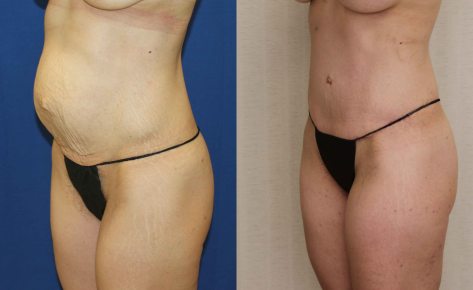Prior to undergoing the tummy tuck procedure, it is very important to understand what is expected after the surgery, including the healing process.
Each abdominoplasty/tummy tuck procedure is unique and each patient’s healing process will vary, but understanding the general timeline can help you avoid complications after surgery.
Healing Begins Prior To Surgery
There are steps you can take to help prepare for tummy tuck recovery even before the procedure. Prepare for the healing process by purchasing VitaMedica’s Recover Support Program. You would begin taking the Morning and Evening Formula two weeks prior to the surgery. In doing so, this will help you get back on your feet faster after the surgical procedure. Also, since this procedure is a major surgery, be sure to have a friend or family member stay with you for the first few days to help assist you around the house. If you are a smoker, you will definitely need to stop smoking prior to surgery and throughout the recovery process. Smoking reduces the delivery of oxygen to tissues because it constricts blood vessels. If your cells are deprived of oxygen, you wont heal as well as you should. Wound separation, skin death and raised scars may occur as a result. Also be aware that second-hand smoke (other people smoking in your home, etc.) can cause the same problems. Dr. Nguyen personally recommends that his patients stop smoking a minimum of four weeks prior to the procedure.
Healing: Week One
For most patients, the first week of recovery is the most difficult. Bruising, pain, swelling, numbness, stiffness, redness, and tingling should be expected. Your movement will be limited, which is why having a friend or family member around is recommended. Strenuous activities, lifting, and driving should be avoided. Stick to a low sodium diet, which will help reduce swelling.
Other things to be aware of during the first week are drains and garments. Drain s are used to remove excess fluid from the incision area and are removed during your post operative visit, typically two weeks after the procedure. A compression garment placed surgery should be worn to provide support and hold tissues in place during the recovery. You can remove the garment while showering only, and wash it at that time. Dr. Nguyen will give you detailed instructions on how to care for the incisions and drains.
s are used to remove excess fluid from the incision area and are removed during your post operative visit, typically two weeks after the procedure. A compression garment placed surgery should be worn to provide support and hold tissues in place during the recovery. You can remove the garment while showering only, and wash it at that time. Dr. Nguyen will give you detailed instructions on how to care for the incisions and drains.
Healing: Week Two
During the second week of recovery, pain and discomfort should begin to decrease and bruising should begin to fade. However, there will likely still be some swelling. Drains would be removed during your post operative visit, though your compression garment still needs to be worn and the incision will still require care. Continue to avoid strenuous activity although light walks for blood circulation are encouraged to decrease the risk of developing blood clots in the legs. Some patients may be ready to return to work after 10 to 14 days but should only do so if they feel up to it and your doctor has released you to go back to work.
Healing: Weeks Three to Six
 By the third to fourth week, swelling, pain, and bruising should be greatly reduced or gone. Though most patients feel close to fully recovered by the fourth week, strenuous activity should still be avoided until about the sixth week. Your doctor will let you know at your six week follow up, if you are released to go back to the gym. Always remember that everyone’s healing process is different, sometimes it takes up to 8 to 10 weeks until their doctor gives them the release to work out again. It is very important to keep a healthy diet & lifestyle to maintain the results of the surgery. If any swelling and pain worsens during the recovery it should always be brought to your doctor’s attention immediately.
By the third to fourth week, swelling, pain, and bruising should be greatly reduced or gone. Though most patients feel close to fully recovered by the fourth week, strenuous activity should still be avoided until about the sixth week. Your doctor will let you know at your six week follow up, if you are released to go back to the gym. Always remember that everyone’s healing process is different, sometimes it takes up to 8 to 10 weeks until their doctor gives them the release to work out again. It is very important to keep a healthy diet & lifestyle to maintain the results of the surgery. If any swelling and pain worsens during the recovery it should always be brought to your doctor’s attention immediately.
Schedule a Consultation
To discuss your personal recovery timeline, schedule a consultation with Dr. Nguyen today!